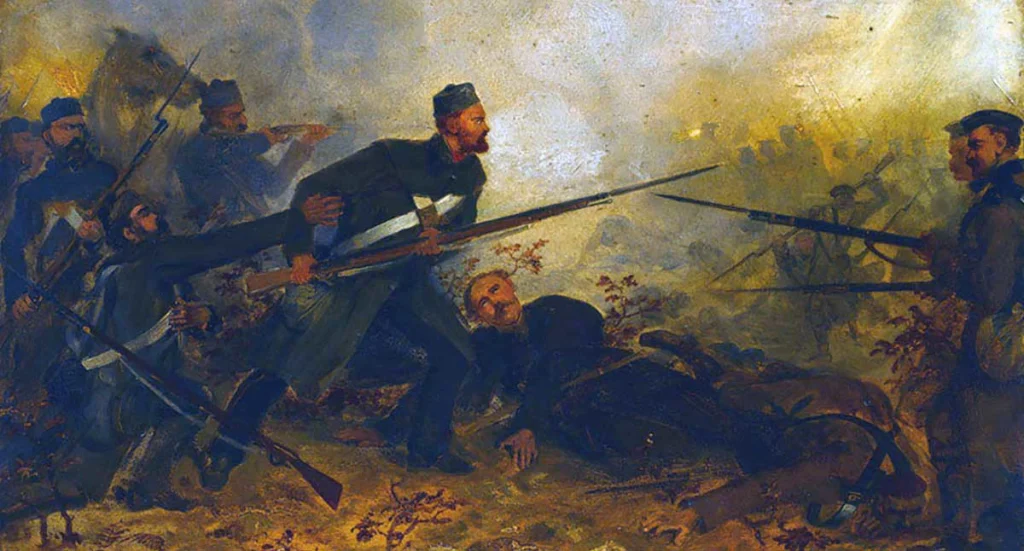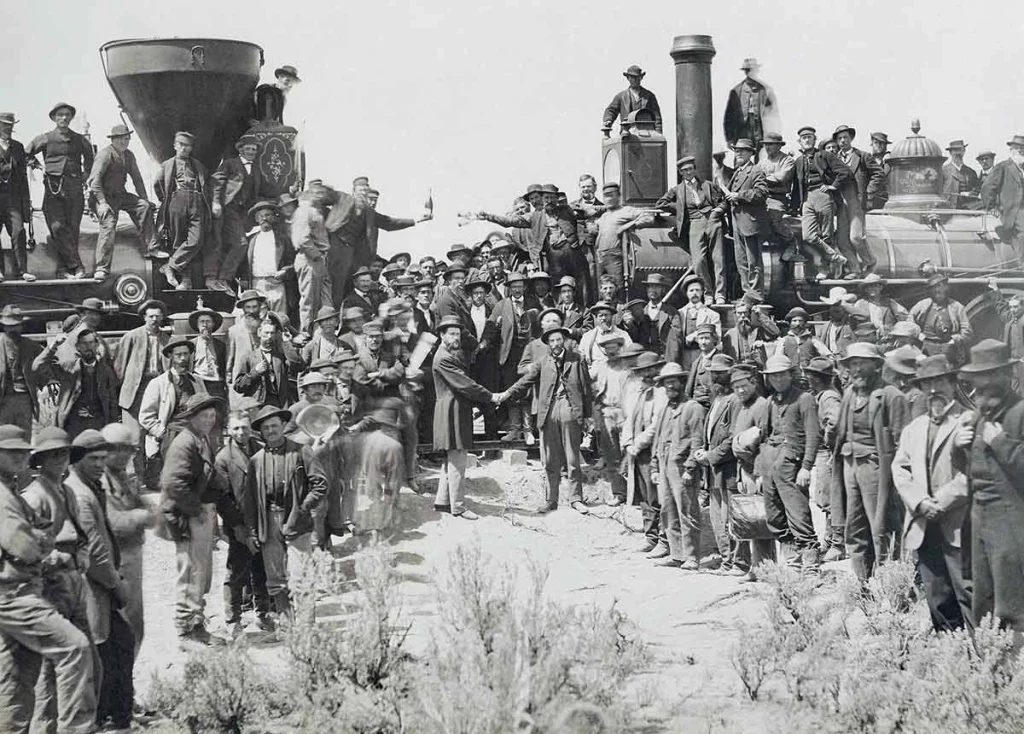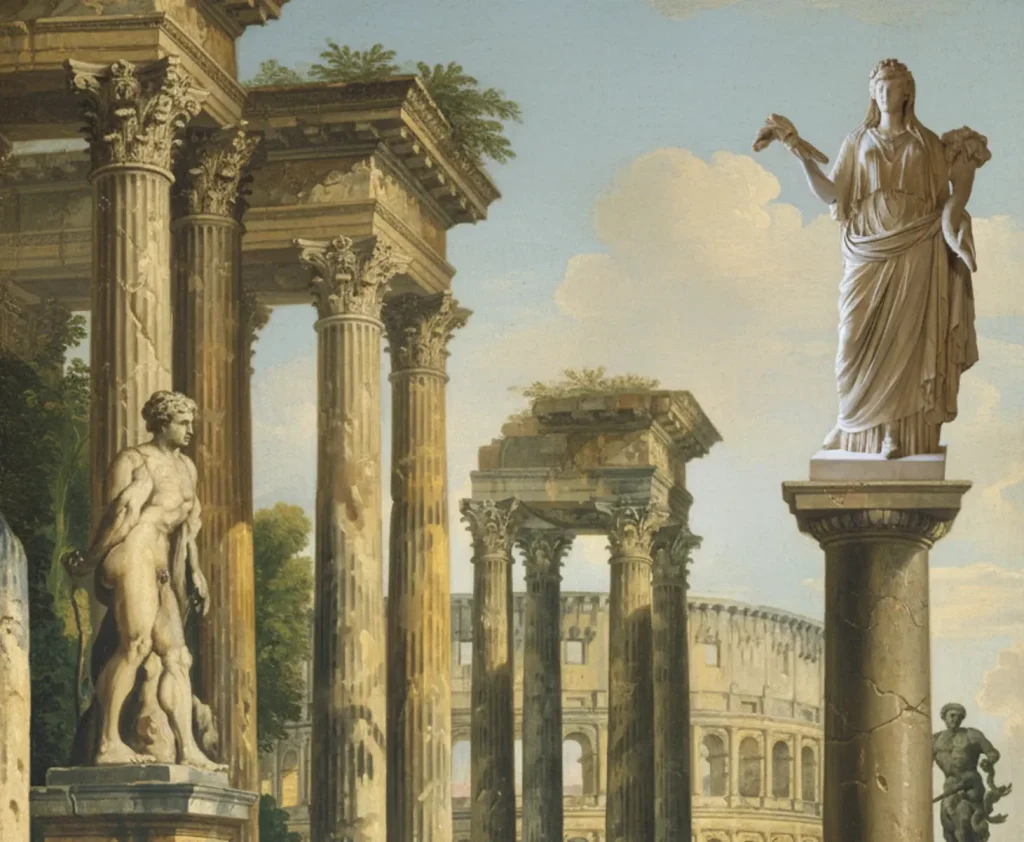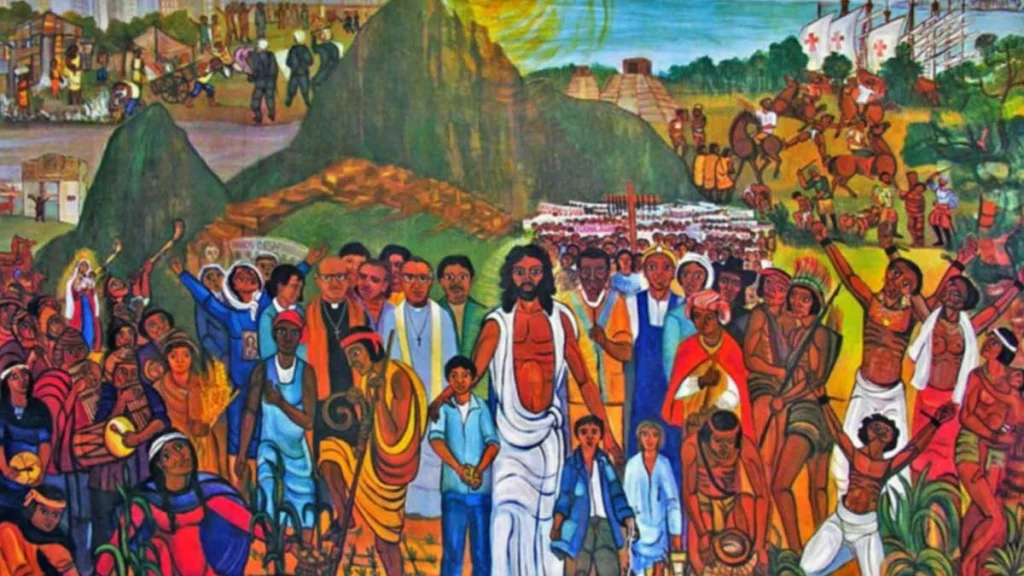In 1940, amid the turmoil of the Second World War, four young boys in southwest France stumbled upon a hidden treasure: Lascaux Cave, adorned with vivid Paleolithic paintings. These breathtaking artworks, created around 20,000 years ago, offer a window into the lives and minds of our early human ancestors. This post delves into the discovery of Lascaux Cave, its remarkable art, and the enduring mysteries that continue to captivate researchers and visitors alike.

How Was Lascaux Cave Discovered?
In the autumn of 1940, Marcel Ravidat and his dog, Robot, discovered the entrance to a cave near Montignac in France’s Dordogne region. Marcel returned with three friends, and together they ventured inside, uncovering a stunning array of prehistoric art. The boys guarded their find, charging peers a small fee to view it until experts authenticated the discovery. Lascaux Cave quickly gained fame for its extensive and high-quality paintings, estimated to date back to the Paleolithic era, around 20,000 years ago.
The cave, with its three narrow axes, is divided into seven sections: the Hall of the Bulls, the Axial Gallery, the Nave, the Passageway, the Chamber of the Felines, the Shaft, and the Apse. It contains approximately 2,000 paintings and engravings, depicting animals, abstract signs, and a rare human-like figure. Due to conservation concerns, including damage from visitors’ breath, artificial lighting, and fungal outbreaks, Lascaux was closed to the public in 1963. In 1979, it was designated a UNESCO World Heritage site alongside other painted caves in the Vézère Valley. To preserve the experience, replicas like Lascaux IV, a full-scale reproduction at the International Center of Parietal Art, allow visitors to engage with the art.

The Great Hall of the Bulls
Located just inside the cave’s entrance, the Hall of the Bulls is Lascaux’s most iconic section, named for its prominent paintings of aurochs, an extinct ancestor of cattle. This 20-meter-long chamber features 36 animals, including bulls, stags, horses, and a bear, painted with remarkable skill. The artists used the wall’s natural contours to create dynamic scenes, giving the animals a sense of motion.
The first figure visitors encounter is the enigmatic “Unicorn,” a mythical creature with a composite body and two lines protruding from its head. Scholars debate whether it represents a religious symbol, a horned bull painted in perspective, or a disguised feline. The chamber also features two opposing black bulls, a frieze of eight black horses, small stags, and a brown horse. A black bear, the only one in the cave, is subtly integrated into the third bull, identifiable by its head and claws.

The Vivid Colors of the Axial Gallery
The Axial Gallery, another highlight, is renowned for its vibrant and technically impressive parietal art. Notable works include the Falling Cow, the yellow-and-black Chinese Horses, the Black Stag with hand-brushed horns, and the distorted Cow with Collar. Geometric symbols, such as red branches and crossing lines resembling traps, accompany the animals.
The gallery’s largest painting, the Great Black Bull, spans five meters and features a dark hide with two cows painted along its body. The Confronted Ibexes, one black and one yellow, are painted using dots rather than lines, showcasing the artists’ versatility. A red cow on the ceiling and the Upside-Down Horse demonstrate the painters’ ability to work with the cave’s contours. Seasonal cues in the art, such as the ibexes’ fur color and stags’ antlers, suggest the artists visited the cave throughout the year.

The Lone Human in the Shaft
The Shaft, with only eight figures, is one of Lascaux’s most significant sections due to its rare depiction of a human figure. Found on the Panel of the Wounded Man, an ithyphallic humanoid with a bird-like face confronts a disemboweled bison. Below, a bird perches on a stick, mirroring the human’s bird-like features. A black rhinoceros with rows of dots beneath its tail completes the scene.
Scholars like Henri Breuil and Joseph Campbell interpret this as a shamanistic scene, with the bird-headed figure representing a shaman in a trance and the bird on the stick as a staff. Others view it as a literal hunting scene, depicting a man who has wounded a bison. Opposite this panel, the Panel of the Black Horse features a simple outline of a horse’s head and neck, painted with the same black pigment used elsewhere in the Shaft.
[block id=”related”]
Discovering the Artist’s Equipment
Archaeologists have uncovered the tools used to create Lascaux’s art, including flint stone tools, palettes, and over 100 stone lamps filled with animal fat for illumination. A unique red sandstone lamp found in the Shaft, carved and polished with an engraved handle, stands out among the typical limestone plaques. The artists used twelve pigments, from pale yellow to black, made from powdered minerals like hematite, clay, quartz, and manganese dioxide. To reach high ceilings and walls, they built scaffolding from tree limbs and used clay-filled recesses for support.
The Mysteries of Lascaux Cave
Lascaux’s art raises profound questions. Why are landscapes, trees, rivers, and mountains absent from the paintings? Why is there only one depiction of a reindeer, despite their abundance at the time? The simplistic, bird-headed human figure amidst detailed animal murals adds to the enigma. Henri Breuil suggested the art represented “hunting magic,” with semi-human figures symbolizing disguised hunters or spiritual beings. Others propose the art reflects religious or spiritual practices, used to connect with the spiritual world.
French philosopher Georges Bataille saw the animal-like human figures as expressions of humanity’s connection to animals. Another theory suggests astronomical significance, with a cluster of six dots in the Hall of the Bulls resembling the Pleiades star cluster in the Taurus constellation. These mysteries continue to fuel research and debate, making Lascaux a vital source of insight into our ancestors’ lives 20,000 years ago.
Conclusion
Lascaux Cave, discovered by chance in 1940, remains one of humanity’s most remarkable cultural treasures. Its vivid paintings and engravings, crafted with extraordinary skill, offer a glimpse into the creativity and beliefs of Paleolithic humans. While the cave’s closure protects its fragile art, replicas like Lascaux IV ensure its legacy endures. The mysteries of Lascaux—its purpose, symbolism, and omissions—continue to inspire awe and curiosity, connecting us to our distant past.











































